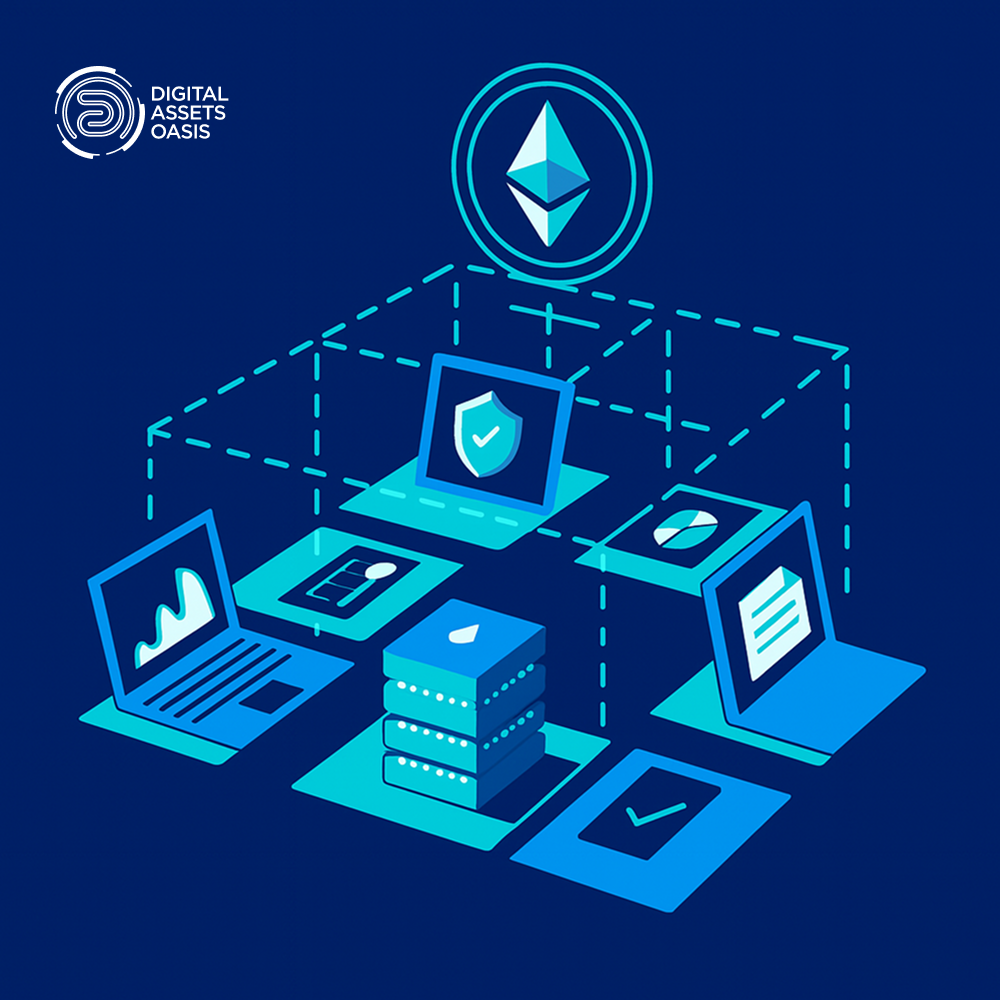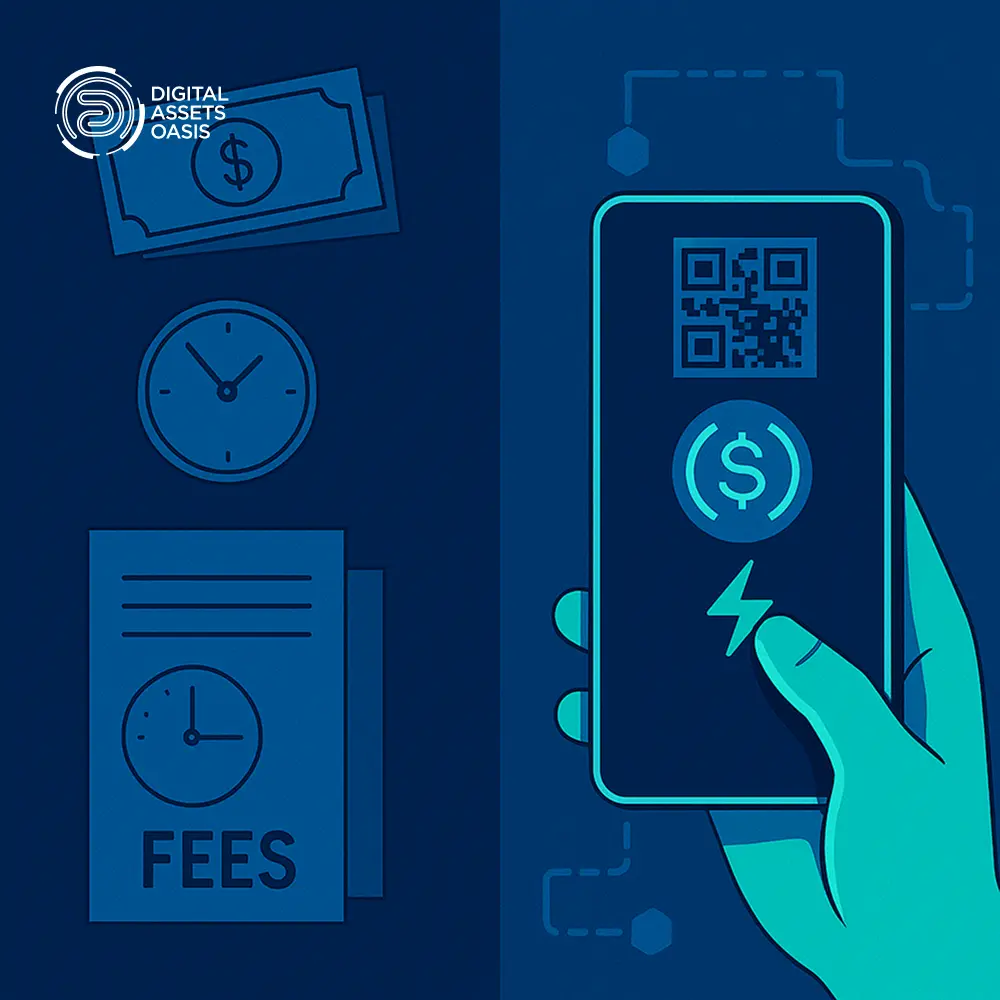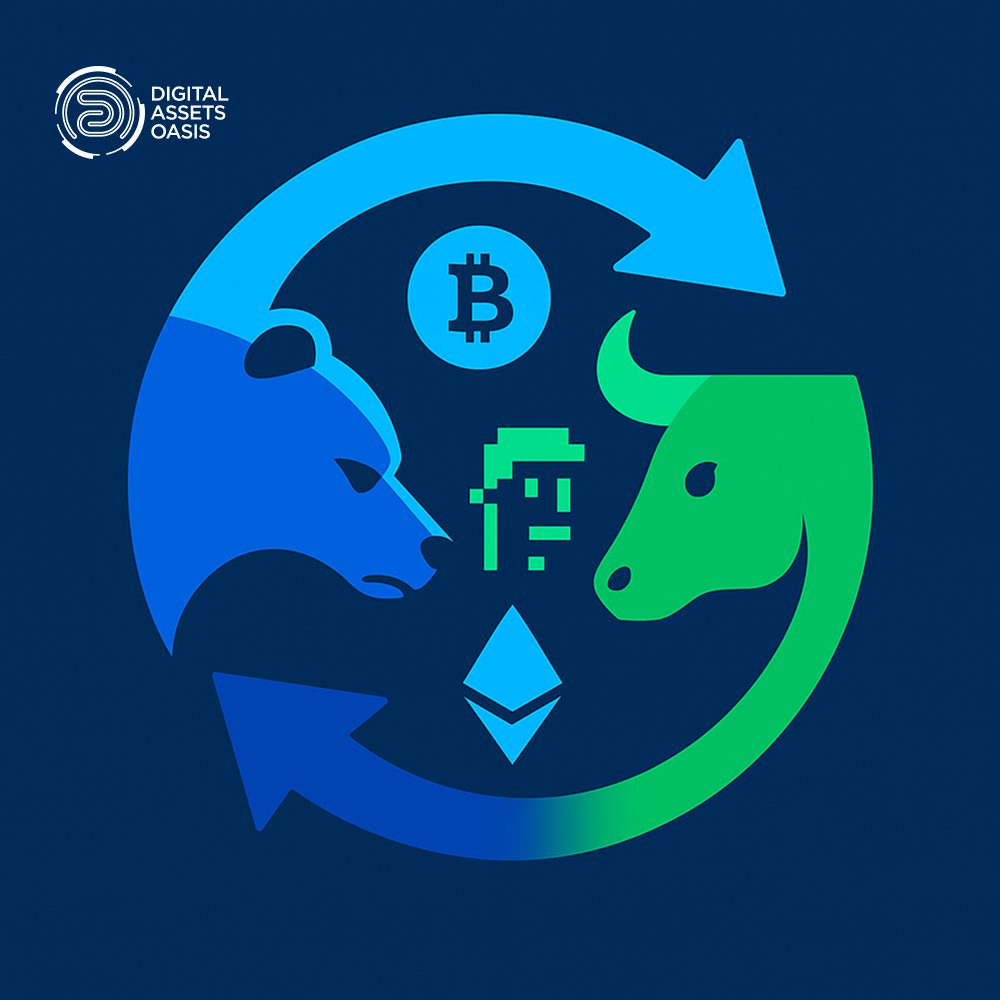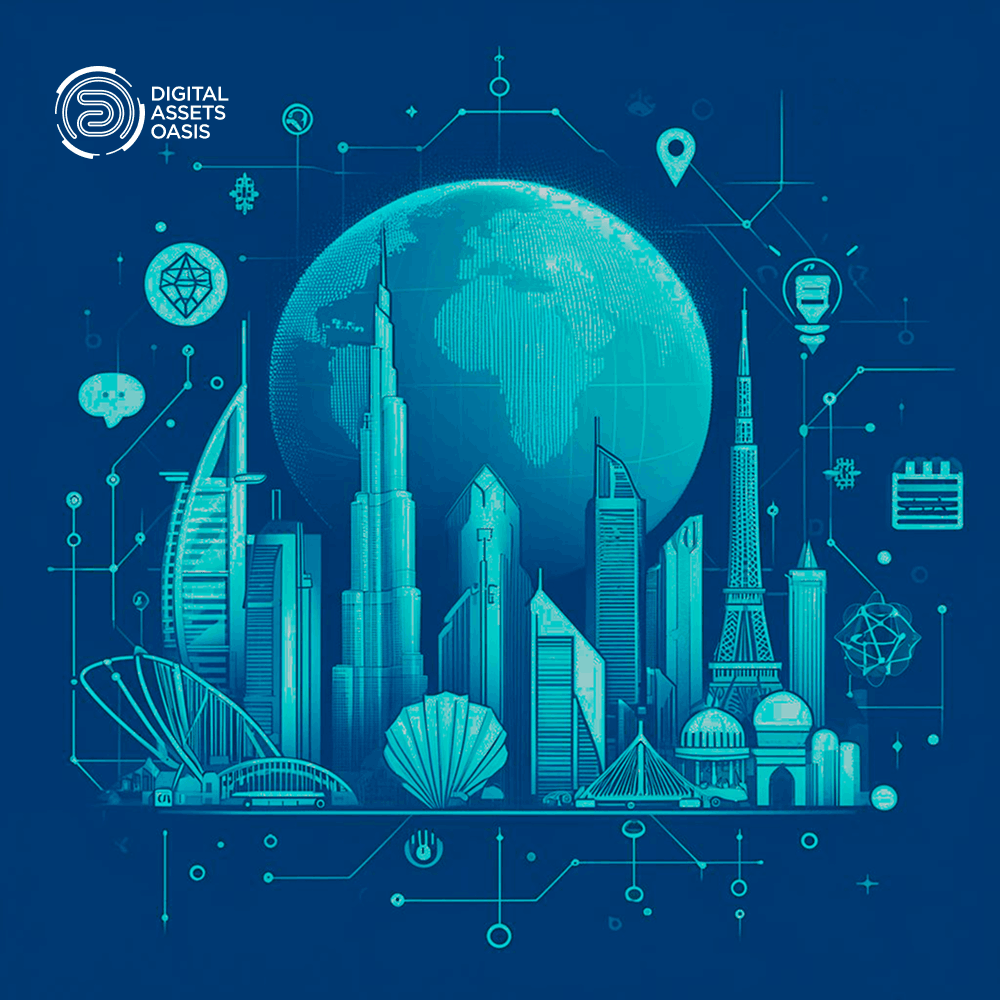The convergence of DePIN ecosystem and AI
The Rise of DePIN: Significant Developments and the AI-Powered Future
The Decentralized Physical Infrastructure Network (DePIN) ecosystem has emerged as one of the most transformative concepts in the blockchain and technology space. DePIN reimagines how physical infrastructure—such as wireless networks, energy grids, and data storage systems—is built, managed, and scaled by leveraging blockchain technology and token-based incentives. Over the past few years, the DePIN ecosystem has witnessed remarkable growth, driven by innovative projects, increasing adoption, and the integration of cutting-edge technologies like artificial intelligence (AI). As we stand in February 2025, it’s clear that DePIN is no longer a niche idea but a paradigm shift with the potential to disrupt traditional industries. In this blog, we’ll explore the most significant developments in the DePIN ecosystem and how AI agents are poised to supercharge this meta, unlocking unprecedented efficiency, scalability, and real-world impact.
Significant Developments in the DePIN Ecosystem
The DePIN ecosystem has evolved rapidly, fueled by a combination of technological advancements, market demand, and community-driven innovation. Below are some of the most notable developments that have shaped its trajectory:
- Expansion of Use Cases Across Industries
- Maturation of Tokenomics and Incentive Models
- Integration with Web3 and Cross-Chain Compatibility
- Real-World Adoption and Ecosystem Funds
- Community Empowerment and Decentralized Governance
- Technological Advancements in Hardware and IoT
DePIN started with pioneering projects like Helium, which created a decentralized wireless network for IoT devices using token incentives. Today, the ecosystem has expanded far beyond connectivity. Projects like Arkreen are building web3-powered infrastructure for renewable energy, enabling peer-to-peer energy trading and data aggregation for sustainable power grids. Similarly, NATIX Network uses AI-enhanced smartphone cameras to gather real-time traffic and road condition data, demonstrating DePIN’s potential in smart cities and mobility. This diversification shows that DePIN is not limited to one sector but is a versatile framework applicable to energy, logistics, telecom, and more.
Early DePIN projects faced challenges with supply-demand imbalances—such as Filecoin’s initial oversupply of storage capacity. However, recent advancements in tokenomics have refined these models. Dual-token systems, like Helium’s HNT and MOBILE tokens, now balance resource provision and user rewards more effectively. Meanwhile, projects like DIMO empower participants (e.g., drivers) with full earnings and governance rights through tokenization, fostering equitable ecosystems. These refined incentive structures have boosted participation and ensured long-term sustainability.
DePIN projects are increasingly integrating with the broader Web3 ecosystem, leveraging decentralized finance (DeFi) tools and cross-chain interoperability. For instance, peaq’s multi-chain strategy connects DePIN networks to Polkadot, Solana, and BNB Chain, enhancing functionality and user access. This interoperability reduces fragmentation, allowing DePINs to tap into diverse blockchain communities and resources, which has accelerated adoption and scalability.
The launch of substantial ecosystem funds marks a turning point for DePIN. Aethir, a decentralized GPU-as-a-service network, announced a $100 million fund in 2024 to support AI and cloud gaming initiatives. Similarly, Chromia’s $20 million Data and AI Ecosystem Fund is fostering developer onboarding and innovation. These investments signal growing confidence in DePIN’s potential and are driving the creation of practical applications, from decentralized storage (e.g., 4EVERLAND) to gaming infrastructure (e.g., Ispoverse with Stratos).
Unlike centralized infrastructure controlled by corporations, DePIN empowers individuals and communities. Projects like Grass, which monetizes unused bandwidth, and Healthblocks, which rewards users for health data, exemplify this shift. The Grass Foundation’s “Airdrop One” in late 2024, potentially the widest-distributed crypto airdrop ever, underscores how DePIN democratizes access to rewards and governance, aligning with the ethos of decentralization.
The rise of DePIN has coincided with improvements in hardware and Internet of Things (IoT) technologies. Low-cost, scalable devices like smart meters, sensors, and 5G hotspots have made it easier for individuals to contribute to DePIN networks. This hardware evolution, combined with blockchain’s secure data management, has enabled projects like Sigfox and LoRaWAN to provide robust, decentralized connectivity solutions.
These developments collectively highlight DePIN’s maturation from a conceptual framework to a thriving ecosystem with tangible real-world impact. However, the next phase of growth is likely to be turbocharged by AI agents, which bring intelligence, automation, and optimization to this decentralized meta.
How AI Agents Are Supercharging the DePIN Meta
AI agents—autonomous systems powered by machine learning and predictive analytics—are becoming indispensable in scaling and enhancing DePIN networks. Their ability to process vast amounts of data, optimize resources, and execute complex tasks aligns perfectly with DePIN’s distributed architecture. Here’s how AI agents are set to transform the DePIN ecosystem:
- Dynamic Resource Allocation
- Enhanced Data Integrity and Decision-Making
- Automation of Smart Contracts and Governance
- Predictive Maintenance and Resilience
- Scalability Through Intelligent Optimization
- Bridging Physical and Digital Worlds
- Empowering Autonomous Ecosystems
DePIN networks often manage fluctuating supply and demand—whether it’s bandwidth, compute power, or energy. AI agents can predict demand patterns using historical data and real-time inputs, dynamically allocating resources to prevent congestion or waste. For example, in a decentralized energy grid like Arkreen’s, AI could optimize solar energy distribution based on weather forecasts and consumption trends, ensuring efficiency and resilience.
DePIN relies on transparent, verifiable data, which AI agents can enhance by analyzing inputs from distributed sensors or devices. Space and Time’s verifiable database, for instance, uses AI to provide contextual data that agents can use for secure, validated transactions. This capability is crucial for applications like supply chain tracking or traffic management, where accurate, real-time decisions are paramount.
AI agents can manage and execute smart contracts with greater sophistication, adapting to changing conditions. In a DePIN network, an AI agent could automatically adjust token rewards based on contributor performance or trigger maintenance alerts for failing infrastructure. This automation reduces human oversight, lowers costs, and ensures the network remains self-sustaining.
Physical infrastructure in DePIN networks—such as Helium hotspots or Aethir GPUs—requires upkeep. AI agents can monitor hardware health, predict failures, and schedule maintenance proactively. By integrating digital twins (virtual models of physical assets), AI can simulate scenarios and optimize network uptime, making DePINs more reliable than traditional systems prone to centralized failures.
Scalability remains a challenge for blockchain-based systems, but AI agents mitigate this by optimizing network operations. For instance, in Chromia’s relational blockchain, AI supports hundreds of read-write operations per transaction, enabling data-intensive applications to scale efficiently. This intelligence allows DePINs to handle growing user bases and complex use cases without compromising performance.
AI agents excel at synthesizing data from physical devices (e.g., IoT sensors) and digital ledgers (blockchains). In NATIX Network, AI processes camera feeds to generate actionable traffic insights, which are then tokenized and shared on the blockchain. This seamless integration enhances DePIN’s ability to solve real-world problems, from urban planning to environmental monitoring.
Looking ahead, AI agents could evolve into fully autonomous participants within DePIN networks, managing liquidity, trading resources, or even negotiating with other agents. Imagine an AI-powered energy grid where agents autonomously trade excess solar power or an AI-driven DePIN marketplace for compute power. This vision aligns with the convergence of AI and blockchain, creating self-governing, trustless systems.
The Future of DePIN with AI
The synergy between DePIN and AI agents promises a future where decentralized infrastructure is not only efficient but also intelligent and adaptive. As AI continues to evolve, its role in DePIN will likely expand beyond optimization to include creative problem-solving and innovation. For instance, AI could design new DePIN architectures tailored to specific regions or industries, further democratizing access to infrastructure.
Challenges remain, including regulatory hurdles, scalability limits, and the need for robust privacy solutions. However, the momentum behind DePIN—bolstered by AI’s capabilities—suggests these obstacles are surmountable. Investments like Aethir’s $100 million fund and the growing interest from developers and communities indicate that DePIN is approaching a tipping point.
In conclusion, the DePIN ecosystem has made significant strides in redefining physical infrastructure through decentralization, and AI agents are set to amplify this transformation. By enhancing efficiency, resilience, and scalability, AI supercharges the DePIN meta, paving the way for a more inclusive, sustainable, and technologically advanced world. As we move forward, the collaboration between these two forces will likely unlock possibilities we’ve only begun to imagine, bridging the physical and digital realms like never before.




